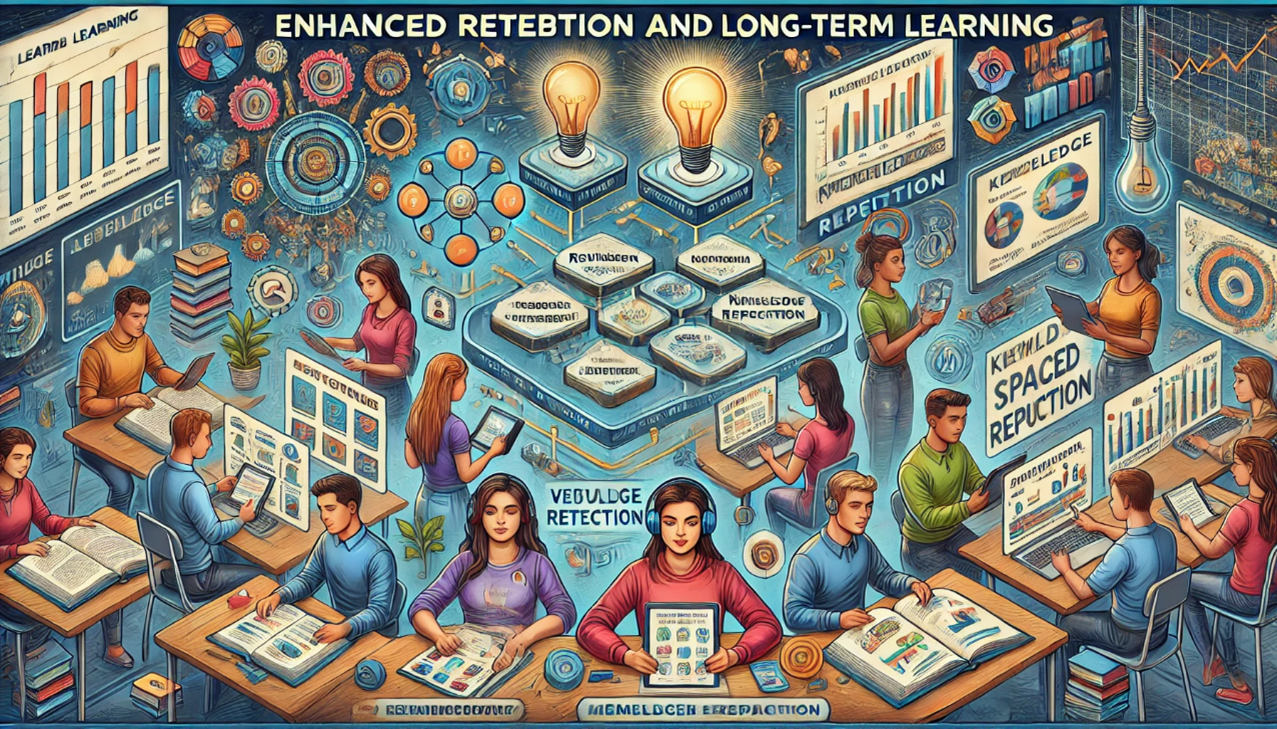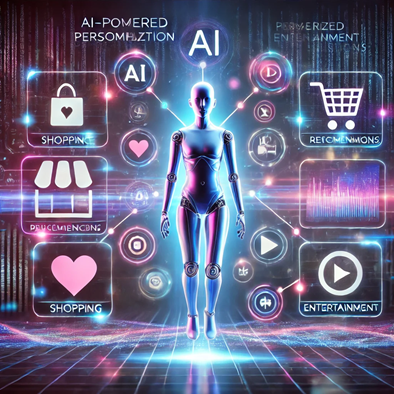Can AI systems accurately monitor progress and adapt recommendations in real time?

Can AI systems accurately monitor progress and adapt recommendations in real time?
by Nathaniel 11:50am Jan 25, 2025
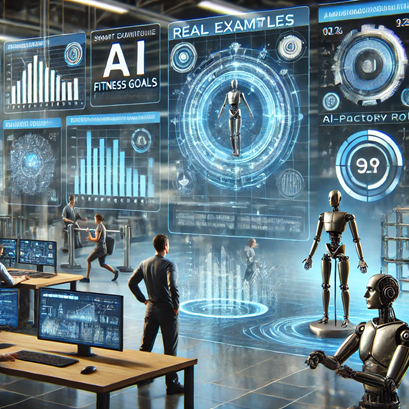
Can AI systems accurately monitor progress and adapt recommendations in real time?
Yes, AI systems can accurately monitor progress and adapt recommendations in real time, leveraging a combination of data sources, machine learning algorithms, and adaptive feedback loops. Here’s how AI achieves this:
1. Real-Time Data Collection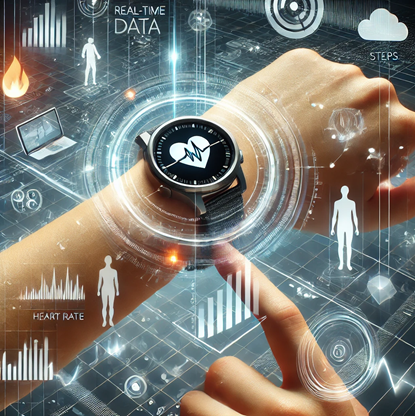
AI systems can access real-time data from a variety of sources to continuously monitor a user's progress. This data includes:
Wearable Devices:Fitness trackers (such as Fitbit, Apple Watch, Garmin) monitor heart rate, activity levels, calories burned, sleep patterns, and more. AI can process this data to track a person’s physical activity, recovery, and sleep quality.
Smart Scales & Body Composition Tools: Devices like smart scales that measure weight, body fat percentage, muscle mass, and hydration levels provide insights into body composition. AI systems can use this data to track fitness progress and adjust plans accordingly.
Food Tracking Apps:Apps like MyFitnessPal can track food intake, providing AI with data on caloric consumption, macronutrient breakdown (proteins, fats, carbs), and micronutrient intake.
Exercise Equipment:Fitness machines or smart gym equipment (such as Peloton or Tonal) collect performance metrics (e.g., power output, repetitions, sets, load) in real-time, allowing AI to assess workout intensity and progress.
2. Progress Tracking & Goal Adjustment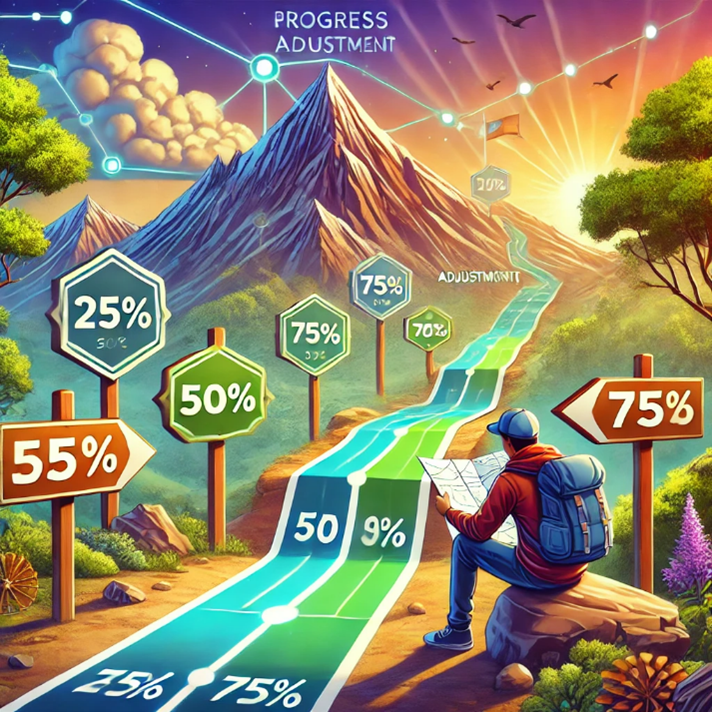
AI uses real-time data to monitor how well a user is progressing toward their fitness or nutrition goals, adapting the plan as needed. This includes:
Fitness Progress:AI continuously tracks metrics like workout intensity, endurance,strength, and recovery, which can be used to adjust exercise routines. For example, if a user is gaining muscle or improving endurance, the AI may increase the intensity or suggest new types of workouts to keep the progress going. Alternatively, if progress slows, it may recommend changes like adding variety to exercises or adjusting workout volumes.
Nutrition Monitoring: Based on food intake and body composition data (e.g., weight loss or muscle gain), AI can recommend adjustments in calories or macronutrientdistribution. If a user is not losing weight as expected, AI might suggest reducing calorie intake or shifting macronutrient ratios (e.g., increasing protein and reducing carbs).
3. Dynamic Feedback Loops
Real-time feedback is crucial to improving adherence and optimizing outcomes. AI systems can create feedback loops that inform users about their performance and make suggestions for immediate improvements:
During Exercise:AI-powered devices or apps can provide real-time feedback on exercise form, intensity, or pacing. For example, a workout app might notify the user if they’re not reaching their target heart rate zone, prompting them to increase effort. If the user is performing an exercise incorrectly (e.g., poor form in squats), AI can recommend adjustments to avoid injury and improve effectiveness.
During Meals:AI can help individuals stay on track with their nutrition by offering instant suggestions based on food choices. For instance, if a person logs a meal that’s too high in carbohydrates for their goal (e.g., fat loss), the app might prompt them to reconsider portion sizes or recommend a healthier option that better aligns with their goals.
4. Predictive Analytics and Proactive Adjustments
AI systems can not only respond to real-time data but also predict future outcomes based on current trends. By analyzing historical data and current behavior, AI can anticipate when adjustments need to be made:
Preventing Plateaus:AI can detect early signs of progress slowing down (e.g., weight loss stalling or muscle growth slowing). It can suggest modifications to the workout routine or nutrition plan before the user hits a plateau, such as increasing the intensity of workouts, altering meal timing, or changing macronutrient ratios.
Long-Term Goal Tracking: For individuals working toward long-term goals (e.g., running a marathon or losing 20 pounds), AI can predict how current habits will affect progress and proactively recommend changes to stay on track. For example, it might recommend more frequent exercise, adjustments to eating habits, or additional recovery time to ensure consistent progress.
5. Adaptability to Changing Conditions
Real-time adaptation is also essential when factors like stress, sleep quality, or illness impact performance. AI can adjust based on:
Stress & Recovery: AI systems can track stress indicators (via heart rate variability, for example) and adapt recommendations if the system detects high levels of stress. In such cases, the system might suggest lower-intensity workouts, rest days, or stress-reduction techniques like yoga or meditation.
Sleep Monitoring:Sleep is vital for recovery. AI systems monitor sleep quality and adjust recommendations when sleep patterns are disrupted. If someone isn’t getting enough restorative sleep, AI may suggest lighter exercise or emphasize sleep hygiene to improve recovery.
Health Conditions or External Factors: If the AI system detects illness or other factors that hinder progress (like overtraining or fatigue), it can adapt the plan to avoid pushing too hard. For instance, if an individual reports feeling ill, AI can recommend adjusting their training to a less intense routine or taking a rest day.
6. Personalization through Machine Learning
AI systems can use machine learning to improve over time by learning from user behavior and outcomes. This continuous learning allows for increasingly accurate and personalized recommendations:
Pattern Recognition:By analyzing large datasets, AI can identify subtle patterns in user behavior that may not be immediately apparent to the individual. For example, it might recognize that a certain type of exercise at a specific time of day leads to better performance or that a specific macronutrient ratio supports weight loss more effectively for that user.
Behavioral Adaptation: Over time, AI can adapt to the user’s preferences,goals, and lifestyle. If a person prefers home workouts over gym sessions or tends to eat specific foods, AI can personalize the plan to include more enjoyable options without compromising results.
7. Real-World Examples of AI Systems Monitoring Progress
Fitness Apps:Many apps, such as MyFitnessPal or Freeletics, use real-time data from wearables and manual input (workout logs, food intake) to continuously adjust workout routines and meal plans based on the user’s goals. These apps can offer adaptive meal plans and workout modifications, ensuring users stay on track.
Smart Equipment:Devices like the Tonal strength training system or Peloton bikes use real-time performance data to adjust workout difficulty. For instance, Tonal increases resistance as the user builds strength, and Peloton adjusts cycling workout intensity based on heart rate or power output.
Conclusion
AI systems can indeed monitor progress and adapt recommendations in real time with a high degree of accuracy. Through continuous data collection, predictive analytics, and adaptive feedback, AI can tailor fitness and nutrition plans to meet individual needs, track improvements, and adjust strategies based on progress. This dynamic and personalized approach maximizes the chances of success by ensuring that fitness and nutrition plans evolve alongside the user’s changing circumstances and goals.





